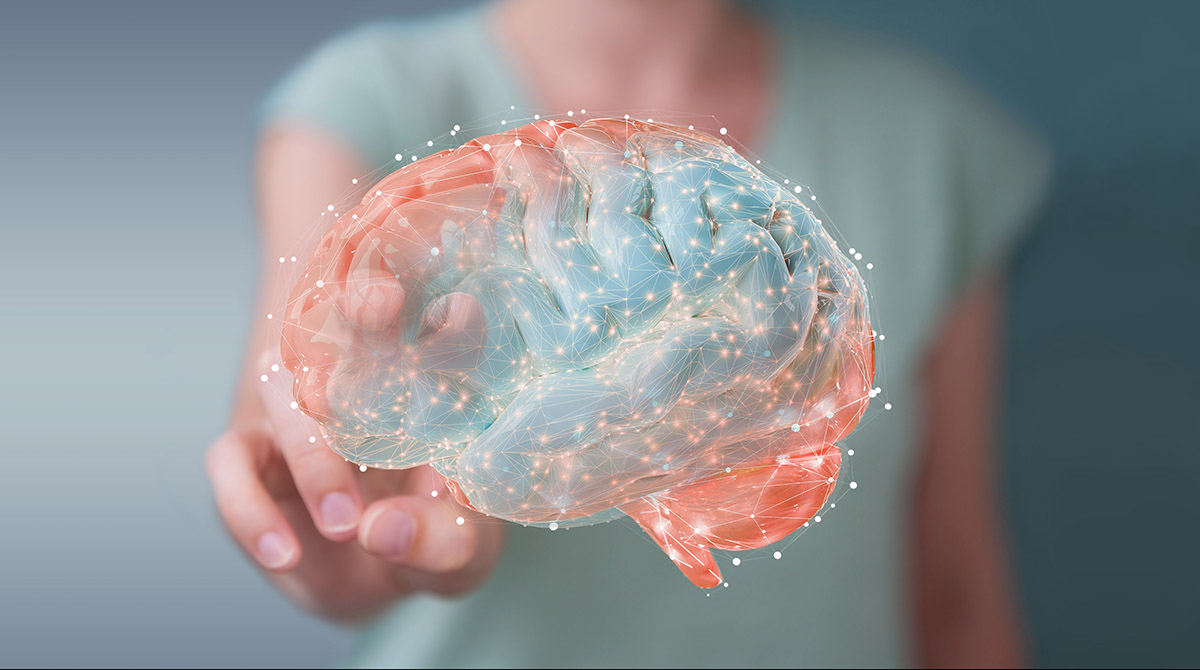A collaboration between two Barcelona institutions and the Nanomedicine Lab at The University of Manchester – aimed at treating brain disorders such as epilepsy and Parkinson’s Disease – has secured £12m in funding, one of the largest investments to date in the European medical nanotechnology industry.
INBRAIN Neuroelectronics is a spin-out company from the Catalan Institute of Nanoscience and Nanotechnology (ICN2) and the Catalan Institution for Research and Advanced Studies (ICREA), partners of – and supported by – the European Commission’s Graphene Flagship programme.
INBRAIN’s work involves the decoding of brain signals by implanting innovative, flexible nanoscale graphene electrodes, developed in conjunction with researchers at Manchester’s Nanomedicine Lab and the National Graphene Institute (NGI).
These signals may then be used to produce a therapeutic, personalised response for patients with epilepsy, Parkinson’s and other neurological disorders.
This new investment is co-led by Barcelona-based venture capitalists Asabys Partners and Alta Life Sciences, joined by: Vsquared Ventures, a deep tech-focused early-stage venture capitalist based in Munich; TruVenturo GmbH, Germany’s most successful internet company builders; and CDTI, the Spanish Ministry of Science and Innovation.
Kostas Kostarelos, Professor of Nanomedicine at The University of Manchester Faculty of Biology, Medicine and Health, the NGI and co-founder of INBRAIN Neuroelectronics, said: ‘’This investment for INBRAIN is a testament that graphene-based technologies and the properties of 2D materials have a unique set of propositions to offer for clinical medicine and the management of neurological disorders.
“This did not happen suddenly, though, or by a stroke of good luck in the lab,” he added. “It is the culmination of many years of persistent and consistent work between at least three research institutions, one of which is the Nanomedicine Lab in Manchester, the other two in Barcelona, all working closely and cooperatively under the critically important funding of the Graphene Flagship project.”
The Graphene Flagship is the European Commission’s €1bn research funding spearhead and a key partner of ICN2, ICREA and Graphene@Manchester, with a mission is to accelerate advanced 2D materials research and commercialisation.
The high incidence of brain-related diseases worldwide and their huge annual cost – around £700bn in Europe alone, according to a 2010 study by the European Brain Council – call for greater investments in basic research in this field, with the aim of developing new and more efficient therapeutic and diagnostic tools.
Existing brain interfaces are based on metals such as platinum and iridium, which significantly restrict miniaturisation and signal resolution, and are therefore responsible for considerable side effects.
As a consequence, there is a 50% rejection rate of these implants in candidate patients. INBRAIN Neuroelectronics has a disruptive technology proposition, based on the novel material graphene, that overcomes the current limitations of metal-based neural interfaces.
Graphene electrodes allow miniaturisation to nanoscale, with the potential to reach single-neuron resolution. The extraordinary properties of graphene – which is light, biocompatible, flexible and extremely conductive – are harnessed in much smaller devices, which are safer to implant and can be programmed, upgraded and recharged wirelessly.
Driven by artificial intelligence, the implant can learn from the brain of the specific patient and trigger adaptive responses to deliver a personalised neurological therapy. In addition, the use of big data management will permit remote monitoring of the device and data processing.
Carolina Aguilar, founder and CEO of INBRAIN, said: “Patients with chronic conditions are alone with their diseases, at most they see their physician 1-4 times per year for a follow-up. With less invasive and more intelligent neuroelectronic therapies, we aim to provide safer and real-time adaptive therapies to empower them and improve the outcomes that matter to them.
“This way patients can better deal with their condition between follow-up visits, by getting the right therapy and support when they need it.”
The technology has already been validated in vitro and in vivo, with extensive biocompatibility and toxicity tests mainly performed in Manchester using preclinical models. This significant investment will be dedicated to bring the technology to human patients, with the execution of multiple clinical trials in collaboration with key neurosurgical and neurological groups in Europe, including various NHS hospitals.



